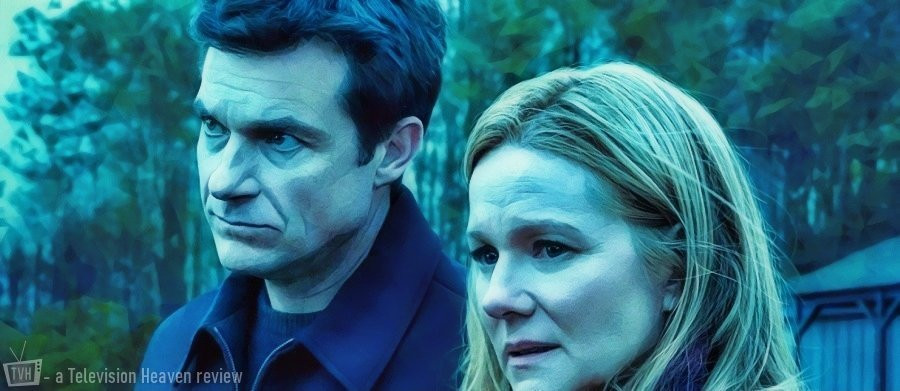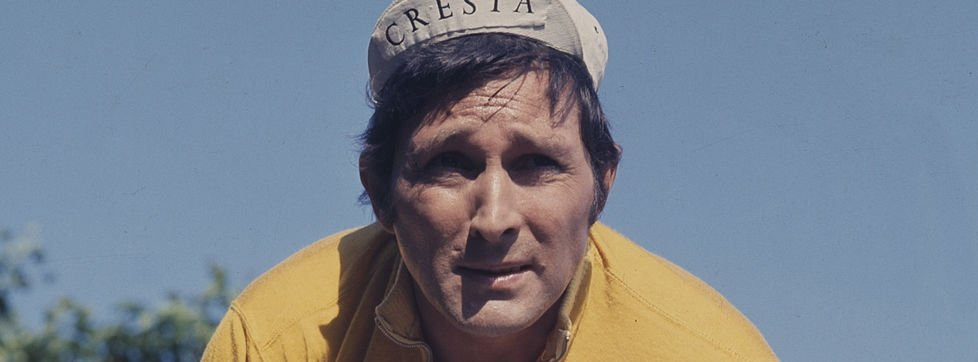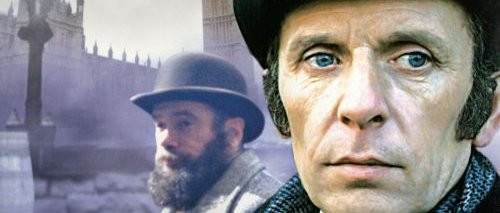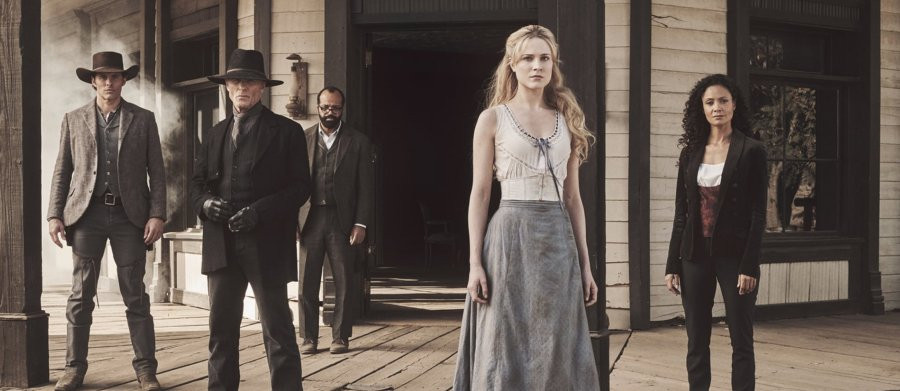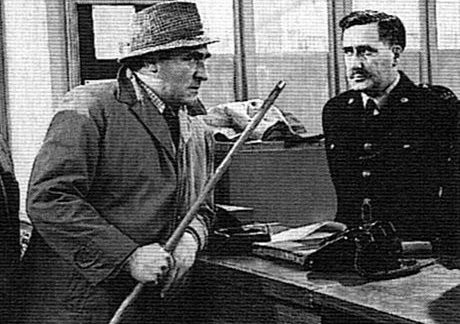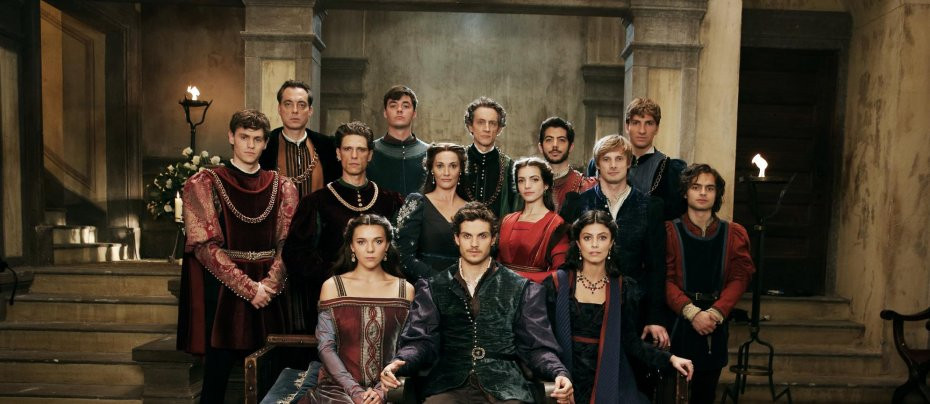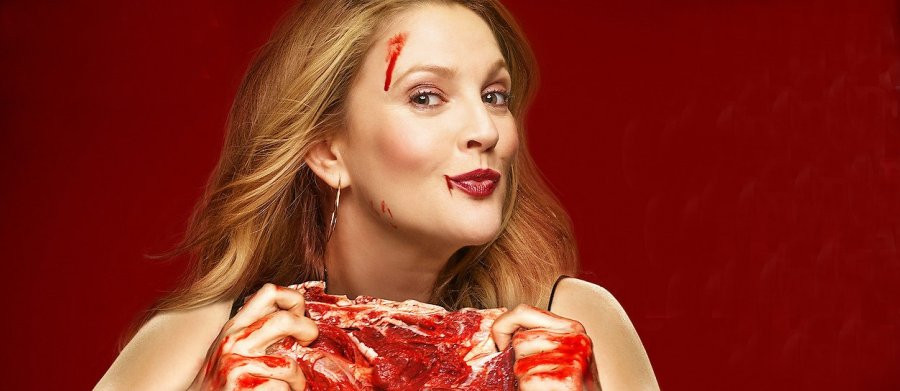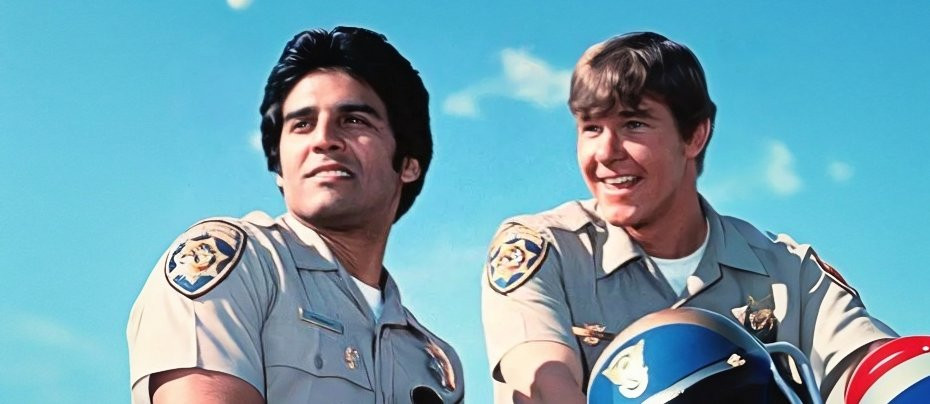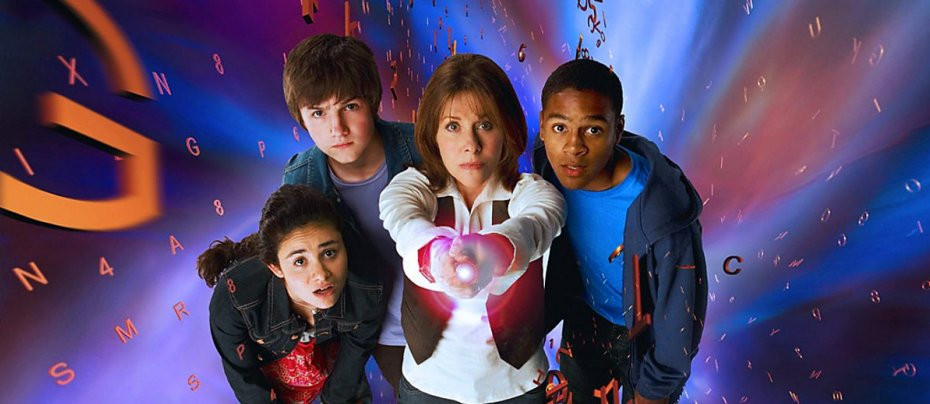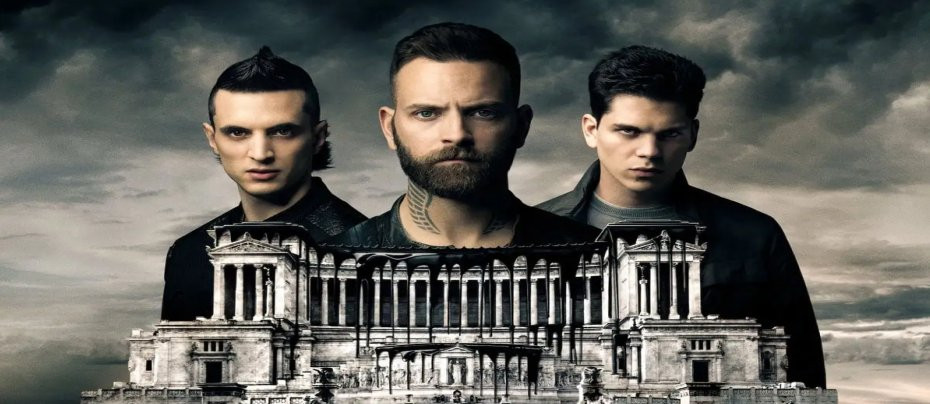
Suburra: Blood on Rome
2017 - Italy“a superior example of its genre”
Suburra: Blood on Rome reviewed by John Winterson Richards
One of the main reasons the Mafias continue to thrive - Cosa Nostra in Sicily, 'Ndrangheta in Calabria, Camorra in Campania, and Sacra Corona Unita, "the Fourth Mafia," in Apulia - is that the Italian political class in Rome tend to view them as a provincial affair. This is not to say that Rome has no organised crime of its own. On the contrary, an important scene in Suburra: Blood on Rome explains the title and reminds us of a very old tradition: Suburra was a poor, overcrowded, working class district in Ancient Rome that had already acquired an edgy reputation by the time of the Fall of the Republic in the 1st Century BC.
That tradition endured though the Centuries and was referenced in another highly regarded Italian television series, Romanzo Criminale, based on the real life Banda della Magliana during Italy's "Years of Lead" of the 1970s when gang war overlapped with political extremism. However, the violence died down in the 1980s, and Rome's "metropolitan elite" rededicated themselves to their usual more sedate corruption, leaving high level gangsterism to less sophisticated Southerners. It was therefore something of a shock to Roman pride when what became known as the "Mafia Capitale" scandals revealed endemic organised crime on their doorstep with roots deep in the political system.

The actual scandals were soon fictionalised in a novel, Suburra, by Giancarlo De Cataldo and Carlo Bonini, which was in turn soon adapted into a critically acclaimed feature film of the same name directed by Stefano Sollima. It is worth noting that Sollima also directed Romanzo Criminale. He went on to produce Gomorra, known in English as Gomorrah, another crime series, based loosely on Roberto Saviano's book of the same name - which was also adapted, again loosely, into a very successful feature film of the same name which has no connection with the television series or with Sollima. By contrast, Suburra: Blood on Rome, the television version of Suburra sticks fairly close to the original film, despite Sollima apparently not being involved with the series.

The film follows several different characters, each with their own plotline, who find themselves interacting. This is a difficult structure to get right in the limited running time of a feature film, and, although the film just about carries it off, it was always probably more suited to a television series. We are introduced in the film to several interesting characters, some of whom take very different forms or roles in the series: an ambitious politician; the powerful fixer of Rome's criminal underworld, known as Samurai; the headstrong young boss of a mid level gang in Ostia, Rome's ancient port, now a decayed seaside town, and his even more headstrong girlfriend; two Romani gypsy brothers, pushy and ruthless, unbound by normal legal and social constraints; and the arranger of pleasures for the rich, a more downmarket version of Marcello Mastroianni's "public relations" man in Fellini's La Dolce Vita, a film referenced a lot in Suburra.
There are strong hints of all these characters having complicated backstories, which gives the film texture but is also frustrating because we do not have time to explore them. The film begins and ends with references to a yet another plotline, involving the highest levels at the Vatican, which is barely mentioned otherwise. No doubt all this refers to material in the original novel, but the casual viewer can only speculate. It is almost as if the film is begging to be made into a television series which can show all these details.
The series itself therefore functions as a "reboot" of the film. Some of the characters are exactly the same, even played by the same actors, but what they do is slightly different, sometimes very different, making them more or less important than they were in the film.

This is most marked in the case of the Romani brothers, Manfredi and Alberto Anacleti, the latter generally known as "Spadino" or "Dagger," who are played by the same actors on both film and television, Adamo Dionisi and Giacamo Ferrara respectively. It was necessary to sideline the domineering Manfredi for much of the series because the character, who drove much of the plot in the film, was simply too aggressive and powerful to sustain. As a result, Spadino, a relatively minor character in the film, is given more time and space to develop, so that he becomes far more significant, even sympathetic.

The same is true of the young Ostia gangster, Aureliano Adami, another character played by the same actor, Alessandro Borghi, on both film and television. What is mentioned in passing in the film, that his family has long been a big fish in a small pond in Ostia, is illustrated in full over three seasons as we are shown a well developed subculture in visible decline. We see Aureliano himself grow from a stupid, impulsive juvenile delinquent into a fairly impressive leader figure, but his essential weaknesses remain.
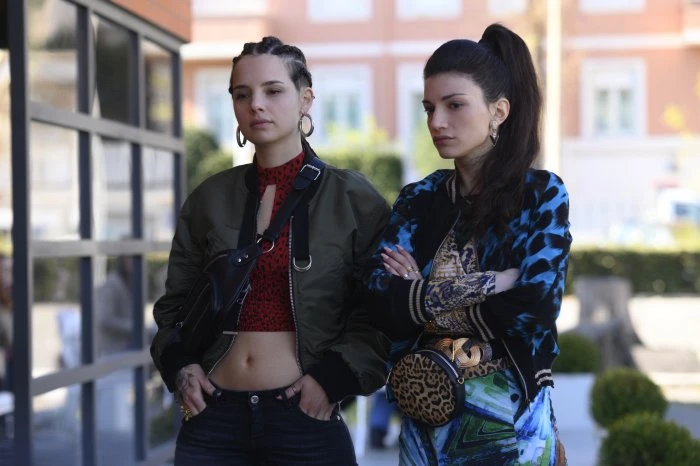
His girlfriend in the series, played by Frederica Sabatini, is also more impressive than in the film, in fact a completely different character, not a drug addict even more volatile than Aureliano but the daughter of another old established Ostia family, one owing allegiance to the Adami, with business ambitions of her own. This may be a reflection of Netflix bringing American money, and sensibilities, to the television production, which might also explain the addition of the character of Aureliano's sister, played by Barbara Chichiarelli, who is initially far more mature and ambitious than her brother. In the end, however, it is made abundantly clear that the Italian underworld remains very much a man's world in which intelligence is no substitute for a personal capacity for violence.

This is a lesson learned the hard way by the politician character in both film and television versions when he abandons reliance on a type of power he understands only to find himself at the mercy of another, more basic type of power. The relationship between different types of power, and how they may not be as distinct as high political and legal principles assume, is a major theme of the show as well as the film. In the film, our politician is a powerful Member of Parliament, with the internationally familiar face of Pierfrancesco Favino, but in the series he is only a City Councillor, played by the previously less well known Filippo Nigro (Medici the Magnificent). An idealistic leftwinger, now Chairman of the City Planning Committee, he has been passed over by his Party - personified by his high flying first wife, who left him for an MP. He is the sort of "man of the people" who likes to use public transport, or at least be seen to be using public transport, but now has a young family with his pretty second wife. Italy being Italy, a couple of brief shots of shoes convey a great deal.
Samurai is the point where all the different types of power meet, including the soft power of political influence and the very hard power of criminal violence. His appearance subverts all the glamorous fictions of a crimelord: although shown to be wealthy, with his own racing stable, he is deliberately nondescript, a middle aged man wearing glasses and a dufflecoat, wandering around Rome, usually on his own, on a cheap looking motorcycle. There is, however, a subtle difference in that Claudio Amendola (Nostromo), whose leading man good looks and self confidence remain apparent behind the glasses in the film, is replaced by Francesco Acquaroli, a veteran of Romanzo Criminale and more of a character actor. He makes Samurai even more downbeat but also hints at a snarling aggression, deeply suppressed, that adds to his menace.

The character of the pimp - sorry, "public relations" man - changes most between the film and television versions. Where the accomplished Elio Germano gave him a pathetic, almost tragicomic aspect in the film, the more straightforwardly handsome Eduardo Valdarnini plays him as a flawed hero. He is given a new name and backstory - as the son of an honest policeman - and eventually switches, somewhat too abruptly to be convincing, from pimp to policeman himself.
Claudia Gerini (The Passion of the Christ) plays a financial adviser to the Vatican, which owns land in Ostia, opening up the storyline at which the film hints, and is later involved in the exploitation of grants to support migrants, an important part of the real life "Mafia Capitale" scandal. She gives a fine performance, but her character and plotline do not really go anywhere.
The plotting is in general not up to the very high standards of the characterisation and the world building. There are a lot of holes. Some characters become friends a little too easily to be credible. Other characters are blackmailed into submission a little too easily. Samurai is an intimidating presence but surely it would take more than a hint of a threat for him to bring people into line. In the film the threat is visible, but Suburra: Blood on Rome does not really take advantage of the greater space afforded by the television format to develop a climate of all pervasive fear.
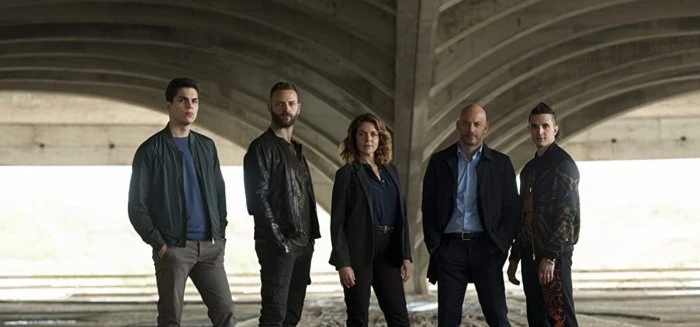
None of this matters because the real reason to watch Suburra: Blood on Rome is that it looks gorgeous. For a start it is filmed in Rome, an endlessly fascinating city. More importantly, the first two seasons were made in association with RAI, the Italian state broadcaster which really knows how to film its own country. So the whole thing is played out to the backdrop of St Peter's Basilica, Michelangelo's Capitoline Hill, the Colosseum, the Pyramid of Gaius Cestius, and so on, giving a fine sense of the longevity of the "Eternal City" - and its enduring criminal underworld beneath.
The visual effect is enhanced by some clever camerawork. Central Rome is shot cleanly, in approved Fellini/Sorrentino style, emphasising its cold magnificence. The stereotypically garish homes of the gypsies are given a golden glow, reminding us that this is a Mediterranean culture. Ostia is given a grey-light blue tint, suggesting it could be run down resort almost anywhere. Dramatically Suburra: Blood on Rome is a superior example of its genre even if it does not quite live up to its ambitions, but visually its locations, and intelligent use of those locations, make it one of the most stunning television shows ever produced.
Published on November 24th, 2022. Written by John Winterson Richards for Television Heaven.


